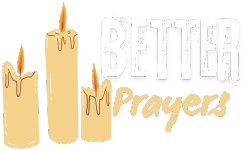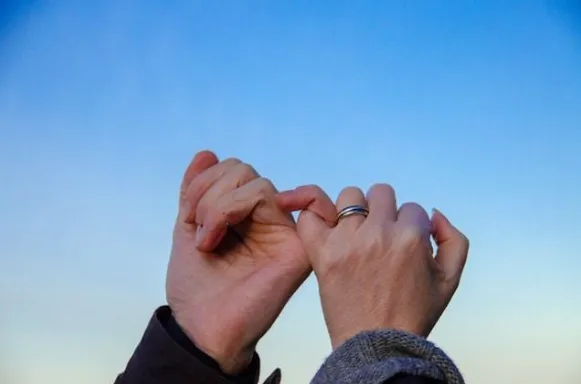Commitment extends beyond verbal expression, manifesting through enduring symbols persisting throughout cultures and historical periods. These dedication representations, both material and spiritual, maintain profound significance within contemporary society, functioning as foundations supporting our deepest promises and relationships. Examining these symbols reveals humanity’s consistent efforts to make intangible commitment bonds visible and permanent.
The Ring
The ring represents perhaps the most universally recognized emblem of devotion, symbolizing infinite cycles and continuous connections. From traditional Celtic designs to contemporary matrimonial bands, the circular shape conveys perpetuity without a starting point or conclusion.
The betrothal ring has developed into a potent symbol of your love that expresses intention and dedication across different societies. This is done with diamonds and other valuable gems, embodying the lasting quality of the pledge being offered.
Beyond its circular significance, the ring encompasses deeper meanings through its material construction and ritual importance. Noble metals signify the worth assigned to commitment, while the ceremony of exchanging rings establishes a mutual ritual of vow-making.
The ring’s portability enables devotion to be transported constantly, transforming personal promises into public declarations through visible presentation.
Vows
Spoken vows represent commitment through the power of language and public declaration. These carefully chosen words transform private feelings into shared promises. They’re witnessed by communities and held sacred across time. Traditional wedding vows like “for better or worse, in sickness and in health” acknowledge that commitment endures all circumstances.
Speaking vows creates accountability beyond the couple themselves. Public declaration invites community support while establishing clear expectations. Modern couples often write personal vows, making ancient ritual personally meaningful while maintaining its essential function.
Professional vows in medicine, law, and military service demonstrate how spoken commitment extends beyond romantic relationships to encompass service and duty.
Prayers
Prayers serve as symbols of commitment by invoking divine presence and blessing. Across religious traditions, couples pray together during ceremonies, asking for strength to honor their promises. These sacred words acknowledge that commitment often requires assistance beyond human capability, seeking divine support for human intention.
Prayer persists within devoted relationships, extending far beyond ceremonial occasions. Regular spiritual petitions for spouses, offspring, and communities demonstrate continuous dedication through religious observance.
The practice of praying together establishes everyday ritual and reciprocal responsibility, while prayers offered for others reveal commitment to broader humanitarian concerns.
The Knot
Across centuries, knots have embodied the unifying essence of devotion. The phrase “tying the knot” mirrors this enduring wisdom that commitment entails braiding individual elements into a more powerful whole. Celtic romance knots, with their elaborate interconnected motifs, show how separate life paths can blend while retaining their original essence.
Present-day couples persist in weaving knot imagery into their dedication ceremonies. Handfasting traditions physically join hands using strings or bands, forming a concrete expression of spiritual connections. The knot’s functional purpose as a binding tool converts metaphorically to the principle that commitment demands continuous care and intentional decisions to maintain stability.
The Cross
The cross symbolizes dedication through sacrifice and altruism. Though originating in Christian heritage, its meaning transcends religious limits to include any commitment demanding personal sacrifice for collective benefit. The vertical and horizontal convergence suggests the junction of sacred and mortal, self and society.
Within devoted partnerships, the cross serves as a reminder that love frequently demands prioritizing another’s welfare above personal desires. Parents embrace this symbol recognizing that child-rearing requires ongoing selflessness. Medical professionals and teachers often display crosses as tokens of their pledge to serve others regardless of personal expense.
Endnote
Understanding these symbols enriches our appreciation for the depth of human commitment and provides meaningful ways to express our own dedication to the people and causes we value most.








